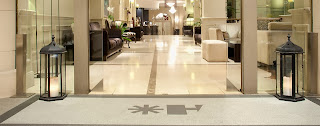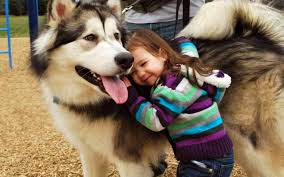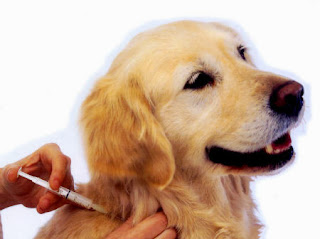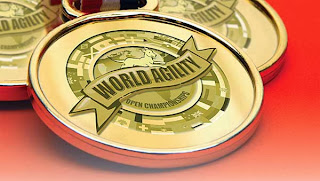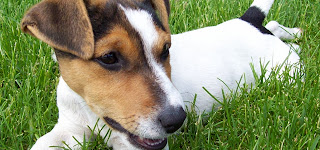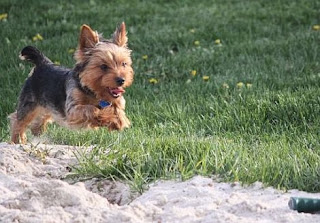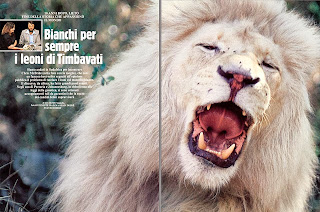La enfermedad periodontal (EP), afecta los tejidos del sostén del diente, generando su destrucción progresiva, con la consecuente pérdida de las piezas dentales.
Es una patología común en perros de todas las edades. Comienza con gingivitis, y después evoluciona al estadio de periodontitis, mucho más nocivo e irreversible, en donde existe pérdida del sostén del diente, caída de una o varias piezas, y en los casos más serios, formación de fístulas oronasales y desarrollo de enfermedades sistémicas.
El Periodonto, todo lo que está alrededor de la pieza dental, está formado por los tejidos que rodean y dan apoyo al diente: la encía, la mucosa alveolar, el cemento, el ligamento periodontal y el hueso.
En primer lugar, la gingivitis provoca hinchazón, rubor, hipersensibilidad, y hemorragia en el tejido blando que rodea el diente.
Después, la periodontitis cursa con una inflamación profunda, pérdida del soporte del hueso alveolar y destrucción de la fijación del tejido conectivo fibroso al cuello de los dientes.
Las bacterias asociadas a la enfermedad peridontal pueden ser causa de infecciones en corazón, hígado y riñones:
Signos Clínicos y Lesiones:
- Mal aliento, sangrado bucal y gingivitis.
- Movilidad dental y ausencias dentales.
- Hipersensibilidad alrededor de la boca.
- Depresión y cambios de comportamiento.
- Dificultad para morder.
- Signología respiratoria, digestiva, cardiaca y urinaria, entre otros.
Grados de la enfermedad:
- Grado 1: Gingivitis, cuidados preventivos.
- Grado 2: Gingivitis, recesión gingival leve y un 25% en la pérdida del soporte. Cambios irreversibles. Odontoxesis y cuidados preventivos.
- Grado 3: Gingivitis grave, recesión gingival morada, exposición de raíz dental y un 50% en la pérdida del soporte. Cambios irreversibles. Tratamiento médico, odontoxesis y cuidados preventivos.
- Grado 4: Gingivitis grave, recesión gingival morada grave, formación de bolsas peridontales y más de un 50% en la pérdida del tejido del soporte.
Además del tratamiento, odontoxesis y tratamiento médico, la prevención debe continuar en casa: enguaje bucal, recomendado por vuestro veterinario de confianza, que disminuirá el sarro, inhibirá el crecimiento bacteriano y disminuirá el mal aliento, provocando una sensación fresca. Cepillado dental, que se encargará de remover o controlar la generación de placa dentobacteriana, sarro, cálculos y la enfermedad peridontal.
Periodontal disease ( PD) affects tooth-supporting tissues , causing progressive destruction , with consequent loss of teeth .
It is a common condition in dogs of all ages . Begins with gingivitis, and then progresses to stage periodontitis, much more harmful and irreversible , where there is loss of tooth support , drop in one or several parts , and in more serious cases , oronasal fistula formation and development of systemic diseases .
The periodontium , all that is around the tooth , is composed of tissues that surround and support the teeth : the gingiva , alveolar mucosa , cement , periodontal ligament and bone.
First, gingivitis causes swelling , redness , tenderness , and hemorrhage in the soft tissue surrounding the tooth .
Then periodontitis progresses with deep inflammation , loss of alveolar bone support and destruction of fibrous connective tissue attachment to the neck of the teeth.
Bacteria associated with periodontal disease may be caused by infections in heart , liver and kidney :
- Clinical Signs and Lesions :
- Bad breath , mouth bleeding and gingivitis.
- Mobility dental and dental absences .
- Hypersensitivity around the mouth .
- Depression and behavioral changes .
- Difficulty biting.
Signology respiratory , gastrointestinal , cardiac and urinary incontinence, among others.
Degree of illness :
- Grade 1: Gingivitis , preventive care .
- Grade 2 : Gingivitis , mild gingival recession and 25% in the loss of support . Irreversible changes . Odontoxesis and preventive care.
- Grade 3 : severe gingivitis , gingival recession dwelling tooth root exposure and 50% in the loss of support . Irreversible changes . Medical treatment and preventive care odontoxesis .
- Grade 4 : severe gingivitis , gum recession dwelling severe periodontal pocket formation and more than 50% loss of the support fabric .
Besides treatment , odontoxesis and treatment, prevention must continue at home: mouthwash recommended by your trusted veterinarian , which will decrease the plaque , inhibit bacterial growth and reduce bad breath , causing a cool sensation . Toothbrushing , which shall remove or control the generation of plaque , tartar , calculus and periodontal disease .





